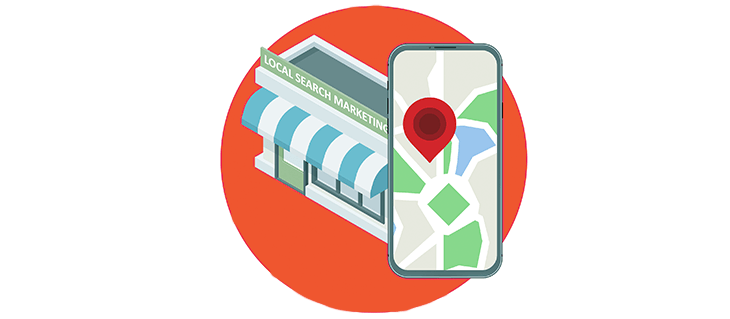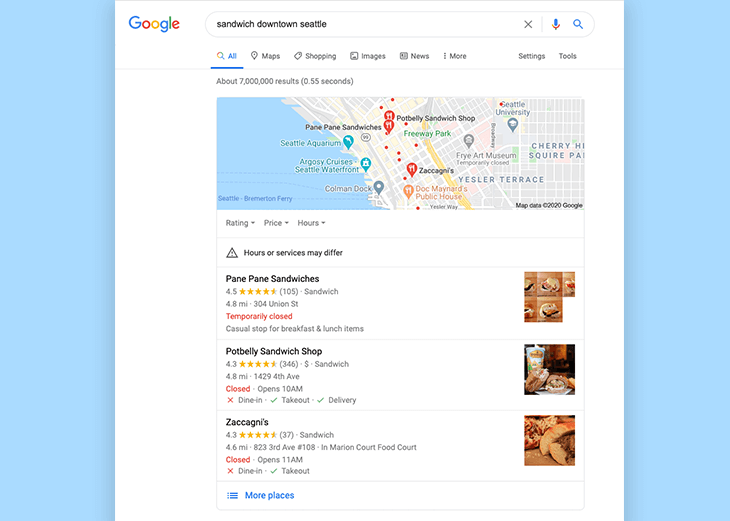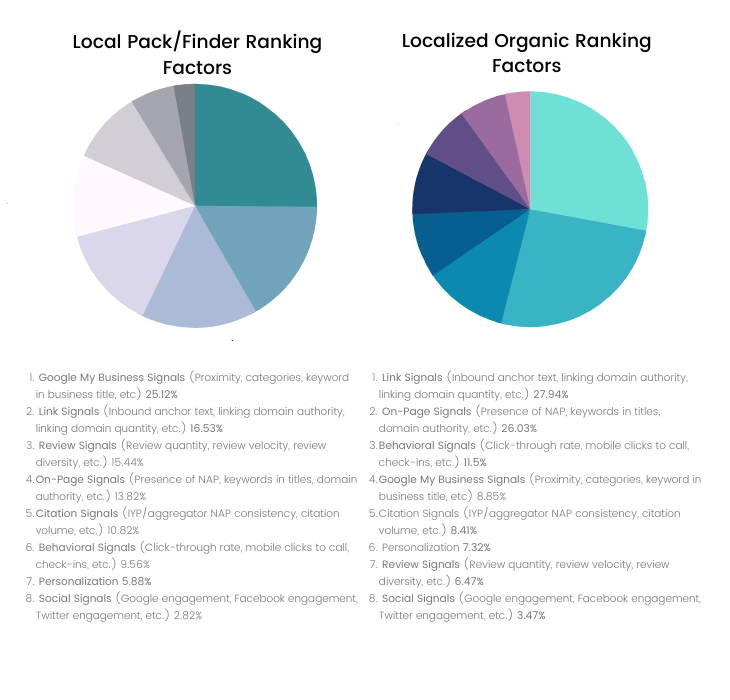How is Local SEO Different from Regular SEO?

Understanding Local Search Results
Local Searches on Google include searches like “dog sitter Seattle” or “sandwich near me”. These very simple searches can take into account where the searcher is located and populate a unique result for the user.
Results are broken into different types of content. First, you may see a paid ad, such as this search.
Then, you will see results in the “Local Pack”. This is the map that will show the user in accordance with the places that have what the user is searching for.
Next will be the localized organic results. These rankings are similar to the regular organic results you typically see on Google, however, these results are influenced by the proximity of the searcher.

While these results can be similar businesses in some cases, they are all populated to this specific SERP page differently.
The paid ad was placed there because the company who purchased the ad wants this type of traffic, so they are placing bids for clicks to their site. Since this article is specifically about Local SEO and SEO, we will link to this article here for more info for PPC.
How do companies get their locations to rank higher on these results pages?
You might notice that the local pack and localized organic search results don’t show results in the exact same order. That’s because Google weighs SEO factors differently.
According to Moz, this is how Google weighs the factors for both search results. Since Google doesn’t make this information public, this is the closest anyone in the industry can assume are the key factors, given extensive research done by the Moz team.
Check this out:

As you can see, Moz ranks Google My Business signals as the biggest determining factor (25.12%) for companies to rank for certain localized searches within the Local Pack. However, it isn’t nearly as important to the localized organic results, with a third of the leverage at only 8.85%.
Link Signals, which account for inbound links to a site, is a high ranking factor for both search result channels.
What does this mean for your company?
Basically, this goes to show that there is no holy grail technique that will solve everything related to search engine optimization. In order to rank for search terms, your best approach is to make an effort in each of these categories listed above.
Google My Business Signals (#1 in Local Pack, #4 in Localized Organic Search):
Start by optimizing your Google My Business accounts with company information on your services, hours, and contact information. This is super easy to take on and can be done in an afternoon.
Link Signals (#2 and #1, respectively):
Inciting a link building strategy to increase the number and quality of inbound links coming to your site can work wonders for your site’s SEO value. This is because Google understands that if other high-quality websites are linking your site, that site is basically giving a vote of confidence to your site, which in turn results in higher rankings on SERPs. If The Seattle Times is willing to link to your site because you do great ductwork or sell an awesome gyro, then Google will grant you more SEO value.
On-site Signals (#4 and #2):
Labeling pages correctly with keywords specific to your products or services is a good start, and will help you with on-page signals
Review Signals (#3 and #7):
Respond to reviews and influence your happy customers to leave you reviews. Listen to your unsatisfied customers so they don’t feel like they have to vent online.
Behavioral Signals (#6 and #3):
Behavioral signals refer to the actions that users take while interacting with the website. How often a visitor clicks the result and immediately clicks the back button may show that the website isn’t providing accurate information, or that the onsite experience is lacking. Improving the user experience may be as simple as updating on-page content to match the user’s needs, or can be as drastic as a redesign or rebrand.
Other factors that appear in the lists above, such as social signals and personalization are important to consider, just maybe not in the sense that they will drastically improve your rankings. It may be important to have high social media engagement for your brand, but it won’t likely affect your localized search rankings.
Also, now that Google has gotten more advanced in its search engine results pages (SERPs for short), some searches will return a “Local Pack” for the user to see options on a map, as well as the standard ads and organic results.
Ready to boost your local rankings?
We're the experts that can help. Fill out the form below and one of our Digital Strategists will reach out and give you a free local SEO report to see how you can improve.